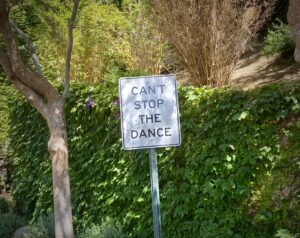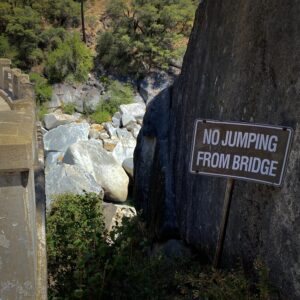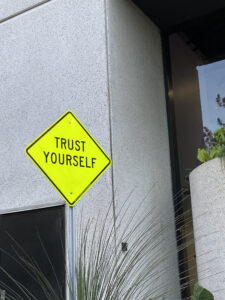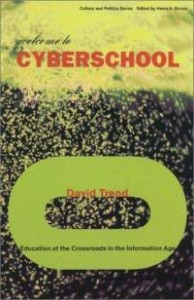The past year has witnessed unprecedented assaults on Diversity, Equity, and Inclusion (DEI) initiatives in universities. Often disguised as support for “traditional” values or academic freedom, these criticisms mask a deeper debate about the role and direction of higher education in a diverse society. To navigate this turbulent discussion, it’s important to move beyond slogans and delve into the evidence-based benefits 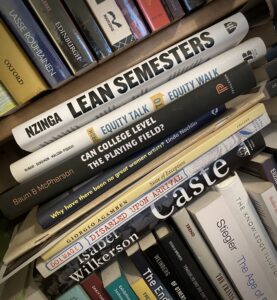 of DEI, not just for educational institutions, but for the very fabric of a democratic society.
of DEI, not just for educational institutions, but for the very fabric of a democratic society.
Historically, American academia has been marked by exclusion. Access to knowledge, the cornerstone of a thriving democracy, was largely reserved for privileged white students. This reality underscores the dynamic nature of tradition in higher education. True progress lies not in clinging to past practices, but in expanding access to reflect the rich tapestry of American life. DEI serves as a crucial tool in this expansion. Far from a political tool or mere slogan, it represents a data-driven approach to dismantling barriers that impede access and success for historically marginalized communities. Research paints a clear picture:
- Improved Student Outcomes: Studies by the National Bureau of Economic Research show that diverse learning environments significantly enhance academic performance and critical thinking skills.
- Higher Graduation Rates: The American Association of Colleges and Universities reports that campuses with robust DEI programs boast higher graduation rates, particularly for socially marginalized students.
- Stronger Civic Engagement: Research by the National Center for Education Statistics reveals that universities with strong inclusivity practices foster greater student satisfaction and civic engagement.
Continue reading “Beyond the Slogans: Evidence-Driven DEI in Higher Education”

